The mantle’s compositional structure reflects the thermochemical evolution of Earth. Yet, it has long been debated whether any radial compositional layering is maintained within the mantle, and if and how this would affect the scale of mantle convection.
The mantle transition zone (MTZ), is bounded by two major seismic discontinuities at about 410 and 660 km depth (hereafter referred to as 410 and 660). There is a general agreement that 410 is associated with an exothermic phase change from olivine to wadsleyite, which enhances flow, and 660 with an endothermic phase change from ringwoodite to bridgmanite and ferropericlase, which tends to hamper flow between upper and lower mantle. The MTZ regulates mass and heat transfer between the upper and lower mantle, making it a key region for studying the thermochemical structure of the mantle.
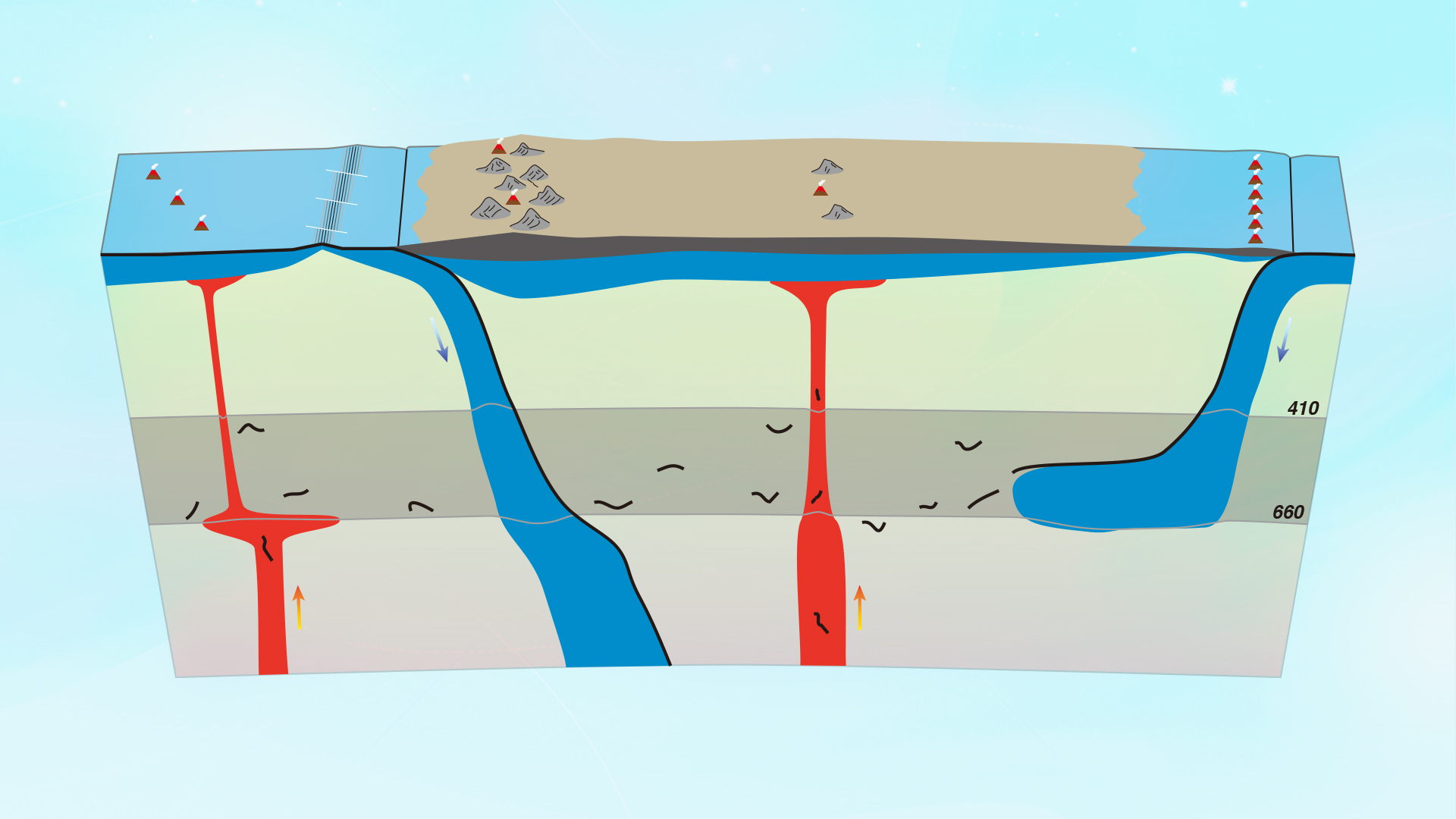
Associate Professor Chunquan Yu from the Department of Earth and Space Sciences at the Southern University of Science and Technology (SUSTech) and his collaborators have recently made important research progress in the structure and composition of the global MTZ.
Their research work, entitled “Seismic evidence for global basalt accumulation in the mantle transition zone”, has been published in Science Advances, a top multidisciplinary journal covering all areas of science.
Prof. Chunquan Yu and his collaborators analyzed a vast amount of global data of SS and PP precursors (Fig. 1). With novel array processing techniques to filter out interfering phases and suppress random noise, they expanded the amplitude versus off (AVO) analysis of the weak 410 and 660 precursors over a substantially larger range of offsets (Fig. 2), which allows for more robust estimation of wavespeed and density contrasts across 410 and 660. They further infer the composition of the MTZ by comparing the seismic estimates with thermodynamic predictions (Fig. 3). Results are best matched by a basalt-enriched MTZ, with higher basalt fractions peaking near 660.
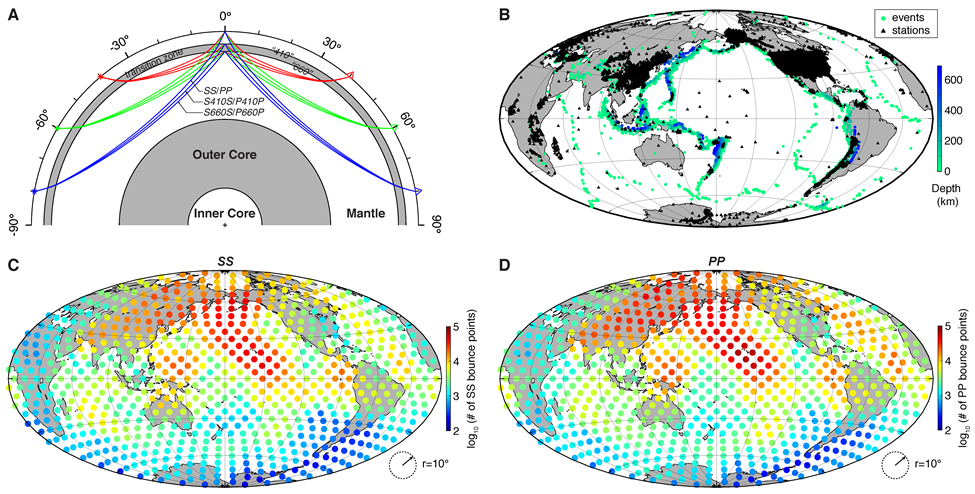
Figure 1. Ray paths and data distribution of SS and PP precursors
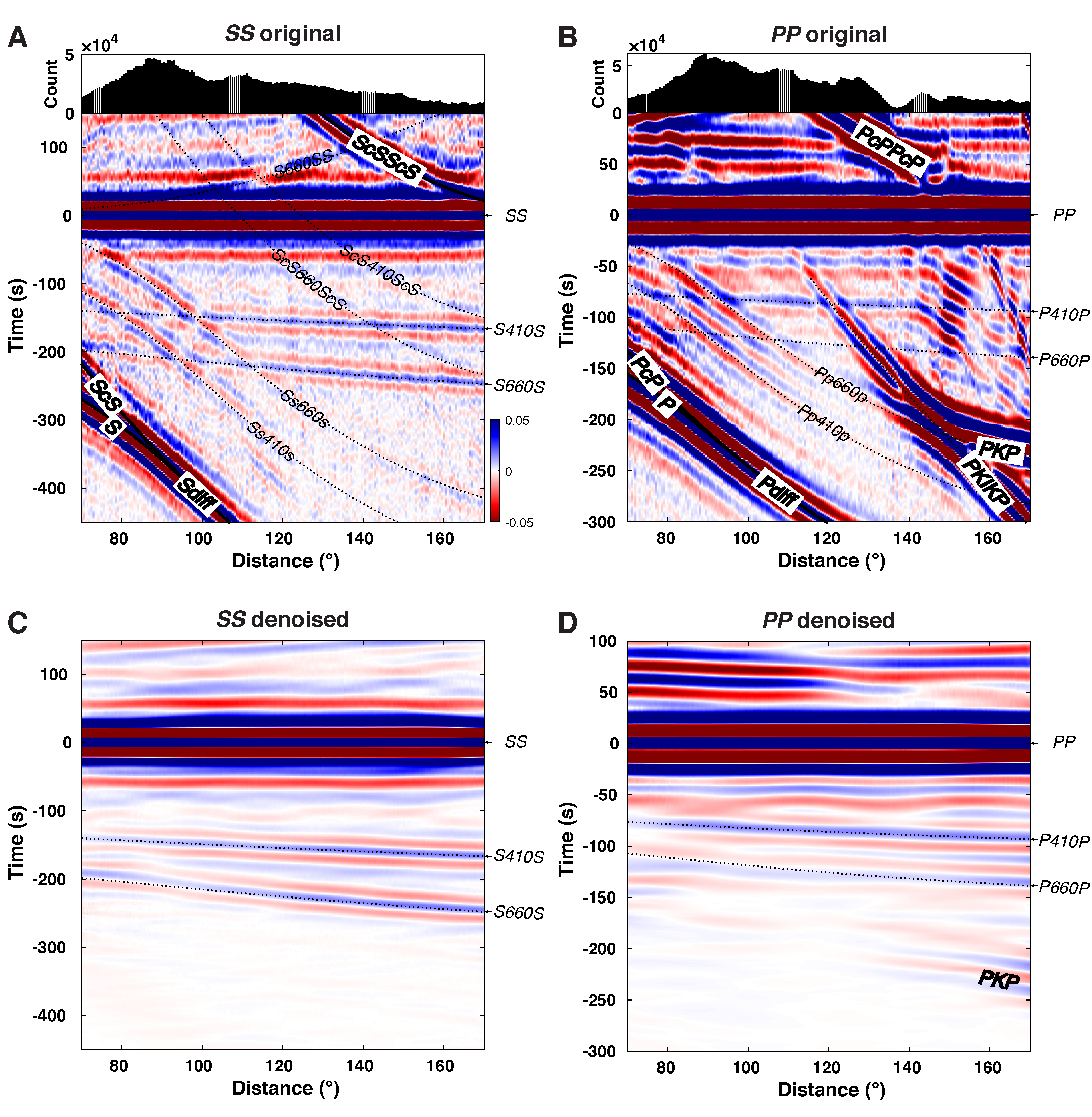
Figure 2. Global stacks of SS and PP waveforms
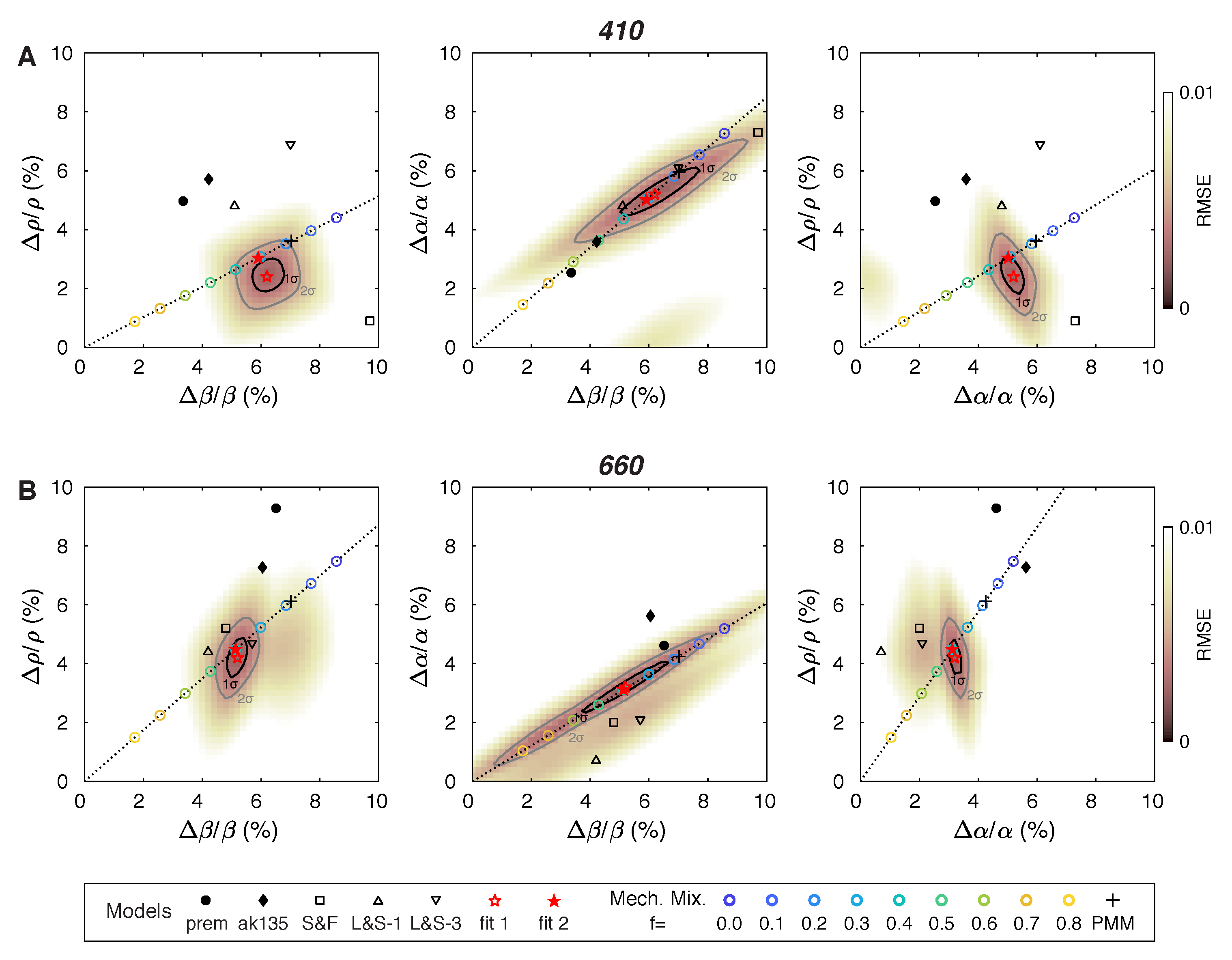
Figure 3. Wavespeed and density contrasts across 410 and 660
Basalt accumulation in the MTZ has long been proposed by Don L. Anderson et al. since the 1970s, but direct observational evidence has remained elusive. Results from this study provide direct seismic evidence for basalt enrichment in the MTZ on a global scale. Basalt accumulation in the MTZ can result from compositional segregation of basaltic crust from harzburgitic mantle lithosphere either along low-viscosity layers that allow delamination in subducting plates or in hot, low-viscosity regions in the deep mantle and subsequent entrainment in upwellings (Fig. 4).
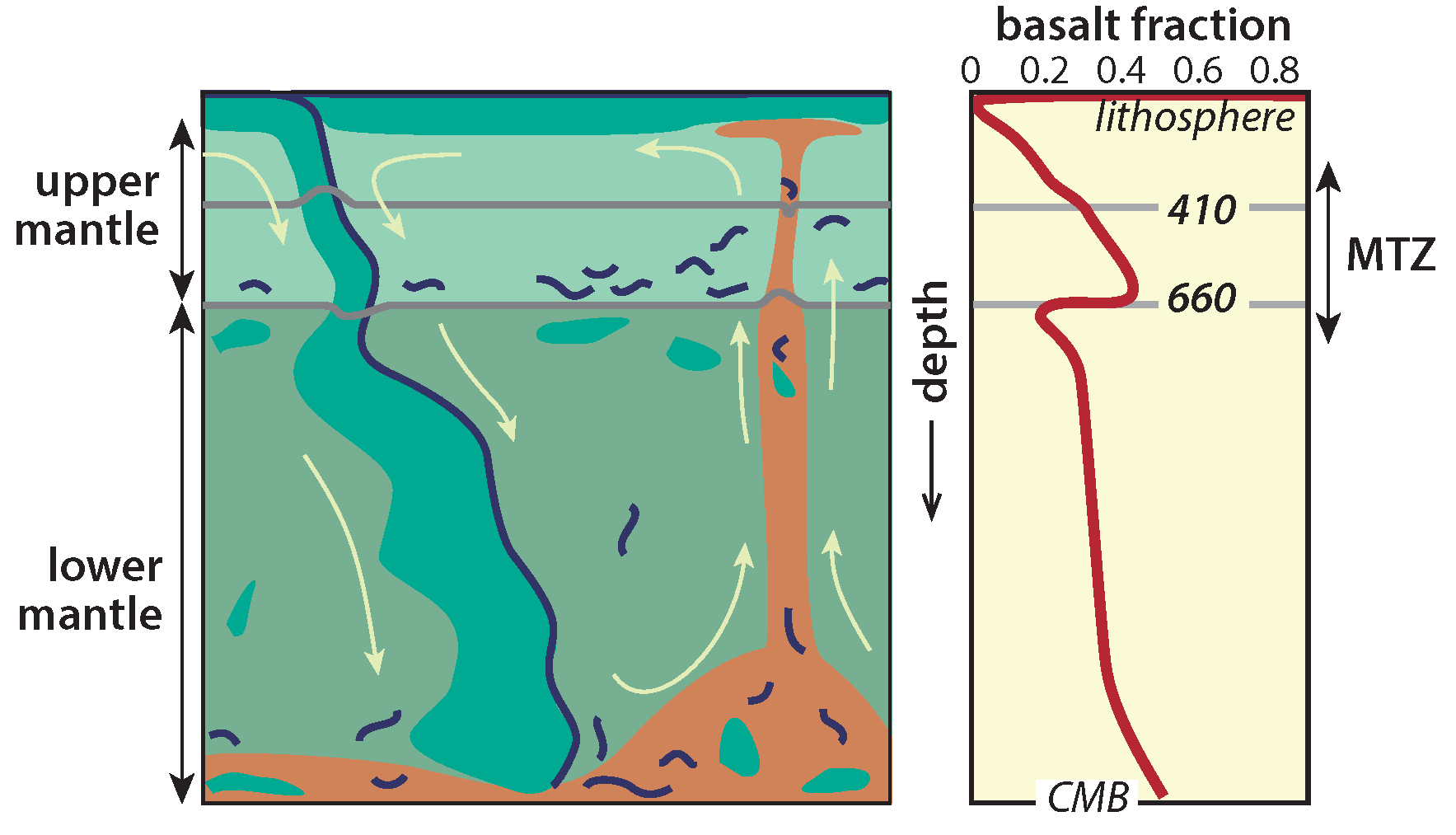
Figure 4. Interpretation of basalt accumulation in the mantle
Their results are supported by mantle-convection/plate-recycling simulations which predict that basaltic crust accumulates in the MTZ. Basalt enrichment in the MTZ can reconcile the longstanding discordance between geophysical and geochemical perspectives, where the former suggests deep mantle circulation, while the latter requires the preservation of isolated geochemical reservoirs. These observations indicate that the overall mantle may be more silica-rich than the often-assumed pyrolitic composition, and thus the bulk Earth composition is more like that of CI chondrites.
Assoc. Prof. Chunquan Yu is the first and corresponding author of the paper. Collaborators include Prof. Saskia Goes and Dr. Elizabeth Day from Imperial College London, and Prof. Robert van der Hilst from Massachusetts Institute of Technology (MIT).
This research was supported by the Major Research project on Tethys Geodynamic System, National Natural Science Foundation of China (NSFC), and the Guangdong Provincial Key Laboratory of Geophysical High-Resolution Imaging Technology.
Paper link: https://www.science.org/doi/10.1126/sciadv.adg0095
To read all stories about SUSTech science, subscribe to the monthly SUSTech Newsletter.
Proofread ByAdrian Cremin, Yingying XIA
Photo By